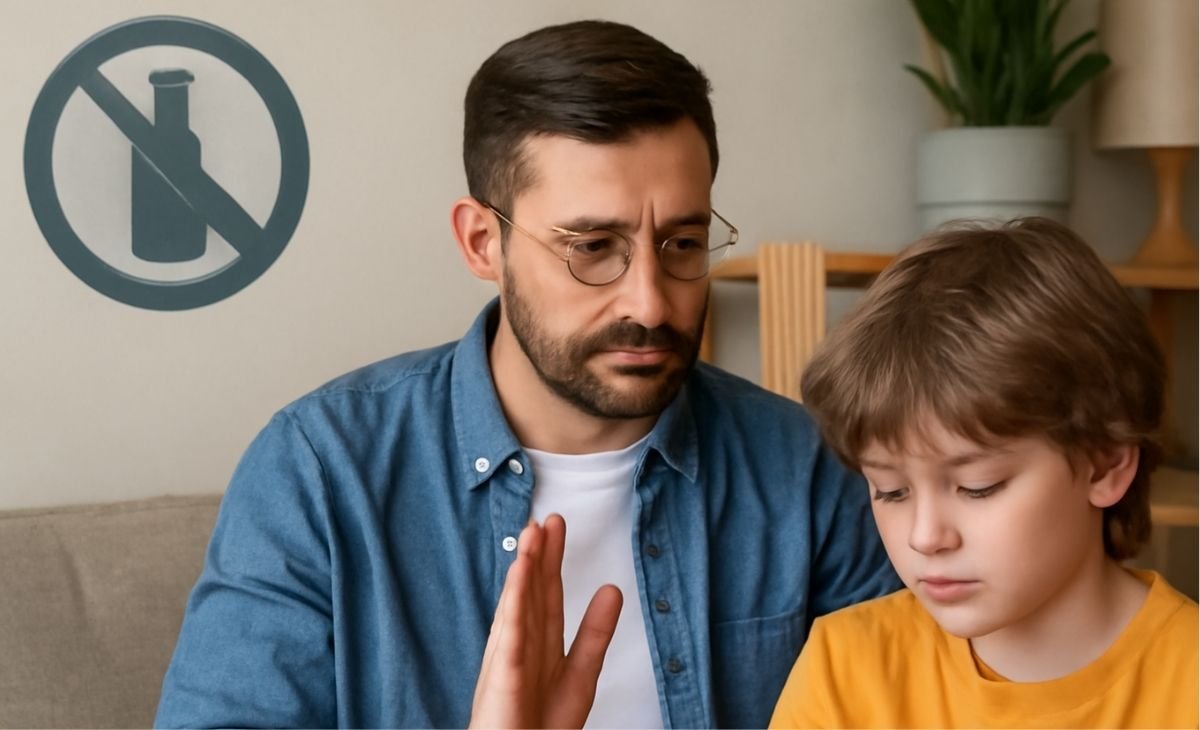Effective Strategies to Tackle Alcohol Abuse Among Students
Binge drinking among college students is a serious issue, leading to problems like poor academic performance, strained social relationships, and health risks. While anti-smoking campaigns have seen great success, similar efforts targeting binge drinking could help reduce its impact. According to the National Institute on Alcohol Abuse and Alcoholism (NIAAA), alcohol-related incidents contribute to over 1,800 student deaths annually, along with many injuries and legal challenges.
Here are some practical strategies to help prevent binge drinking among young adults:
1. Cognitive-Behavioral Programs
Cognitive-behavioral therapy (CBT) tailored for college students is effective in reducing excessive drinking. These programs focus on educating students about the risks of alcohol addiction, teaching them to spot triggers, manage cravings, and confidently say no in social settings.
2. Awareness Through Data Sharing
Helping students understand how their drinking habits compare to their peers can influence behavior. Many students believe peers drink more than they actually do, which impacts their own choices. Sharing accurate stats and feedback helps students make informed decisions and often results in healthier habits.
3. Guided Self-Reflection
Encouraging students to track their drinking habits can boost awareness. For example, tools like self-monitoring questionnaires or apps allow students to log their alcohol intake over two weeks. Paired with counselor discussions, these insights lead to better decision-making and positive changes in behavior.
4. Mindfulness Practices
Mindfulness exercises, such as meditation and breathing techniques, can reduce binge drinking. These practices help students focus on their actions and make better choices during social events where peer influence is high.
5. Policy and Environmental Changes
Colleges can create an environment that discourages binge drinking through strategies like alcohol-free dorms, earlier class times, or limiting alcohol availability at campus events. While more research is needed to measure the full impact of these changes, they represent important steps toward healthier campus life.
By implementing these approaches, colleges and parents can work together to create a safer and healthier environment for students.
Preventing binge drinking requires a multifaceted approach that combines education, awareness, and institutional support. For families concerned about their loved ones, seeking professional help from a rehab center Islamabad can provide the tools and guidance necessary for lasting recovery.
To explore more effective strategies, visit our page on alcohol abuse prevention and learn how early intervention and support can make a difference.

